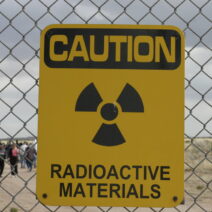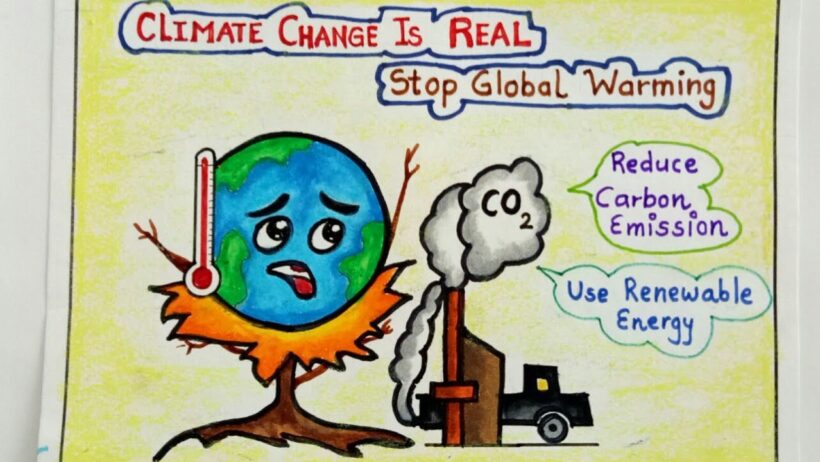As global temperatures continue to rise and adverse weather events become increasingly prevalent, it’s imperative to examine the role of governance in combating climate change. Governments worldwide hold a pivotal position in the fight against global warming. Yet, rather than laying blame solely on polluters or individuals, we must pivot toward a more constructive discourse: How can governments proactively prevent global warming? This inquiry not only beckons reflection but also dares us to confront an intricate challenge. Are our leaders equipped—or willing—to enact the sweeping changes necessary to protect our planet?
To address this multifaceted issue, it is critical to dissect the underlying causes of global warming, often attributed to a combination of carbon emissions, deforestation, industrialization, and unsustainable agricultural practices. Governments, as representatives of their constituents, possess the authority to regulate these factors through legislation and policy-making. However, envisioning a future devoid of blame requires us to explore potential avenues for effective governance in the realm of climate change.
First and foremost, governments can institute robust energy policies that prioritize renewable energy sources. Transitioning away from fossil fuels—long considered one of the principal culprits behind increased greenhouse gas emissions—is paramount. By investing in solar, wind, and hydroelectric power, governments can not only mitigate their carbon footprints but also stimulate job creation in emerging green sectors. For instance, the implementation of tax incentives for renewable energy projects serves to encourage both private investments and scientific ingenuity. Envision a world where clean energy is not an alternative but the norm—a world that governmental policies can bring to fruition.
Moreover, legislative measures that promote energy efficiency must be a cornerstone of climate action. Governments can enact stringent building codes that require new constructions to adhere to environmentally-friendly designs. Retrofitting existing buildings with energy-efficient technologies not only reduces energy consumption but also lowers utility bills—a win-win scenario. Imagine communities where energy conservation is not merely aspirational but embedded in the very fabric of their structures.
In addition to energy policies, governments should engage in reforestation and conservation efforts to combat deforestation. Forests, often termed the lungs of the Earth, play an essential role in carbon sequestration. By enacting and enforcing policies that protect existing forests while promoting reforestation projects, governments can significantly decrease atmospheric carbon levels. This also nurtures biodiversity, providing habitats for countless species. The challenge lies in marrying economic pursuits, such as logging and agriculture, with environmental stewardship. How can we create a balance that preserves our planet while still catering to growth?
Furthermore, public transportation serves as another arena where government action can yield profound effects on climate change. By investing in efficient, accessible public transportation systems, governments can discourage reliance on individual car usage, which is a leading source of urban emissions. Expanding rail systems, improving bus networks, and encouraging pedestrian-friendly city designs can enable citizens to traverse their communities without relying on fossil-fueled vehicles. This transition not only fosters sustainability but also cultivates a culture of communal living—an essential aspect of combating climate change.
Another vital area necessitating governmental intervention is sustainable agriculture. Conventional farming practices can result in soil degradation, excessive water usage, and increased emissions. By incentivizing agricultural innovation—such as regenerative farming techniques, organic farming, and local food systems—governments can promote food security while mitigating environmental impacts. Supporting farmers with education and resources to adopt sustainable practices can have cascading effects on both local economies and the health of our ecosystems. The inquiry emerges: How can we revolutionize our food systems to reduce environmental strain while nourishing future generations?
Equally important is the role of environmental education and public awareness. Governments can spearhead initiatives to educate citizens about climate change, its repercussions, and the individual’s role in environmental stewardship. By fostering a culture of awareness and action, governments empower citizens to make informed decisions that contribute to climate mitigation efforts. Collaborative platforms between governmental bodies, non-profit organizations, and educational institutions can disseminate valuable information to the public. The challenge, however, resides in combating misinformation and fostering an authentic understanding of environmental issues.
International cooperation is also indispensable in the quest to prevent global warming. Climate change recognizes no borders; thus, it necessitates a concerted global response. Governments must engage in diplomatic initiatives, sharing technology and resources, and fostering solidarity in the face of ecological crises. International treaties, such as the Paris Agreement, serve as platforms for nations to commit to transparent, ambitious climate goals. However, enforcement mechanisms remain a critical challenge. How can the world cultivate accountability when addressing the shared responsibility to combat climate change?
In summary, while the specter of global warming looms large, the role of governments in combating this challenge cannot be overstated. By committing to renewable energy, promoting energy efficiency, enhancing public transportation, advocating for sustainable agriculture, prioritizing forest conservation, and fostering a culture of education, governments can catalyze substantial change. Beyond the blame lies the capacity for transformative action—an endeavor that not only prospects a sustainable future but also empowers communities to participate in the global fight for climate equity. As custodians of the Earth, it is incumbent upon governments to harness their influence, paving the way for a more sustainable existence. The question thus remains: Are we prepared to rise to the occasion and forge a path toward a more resilient, climate-conscious world?








